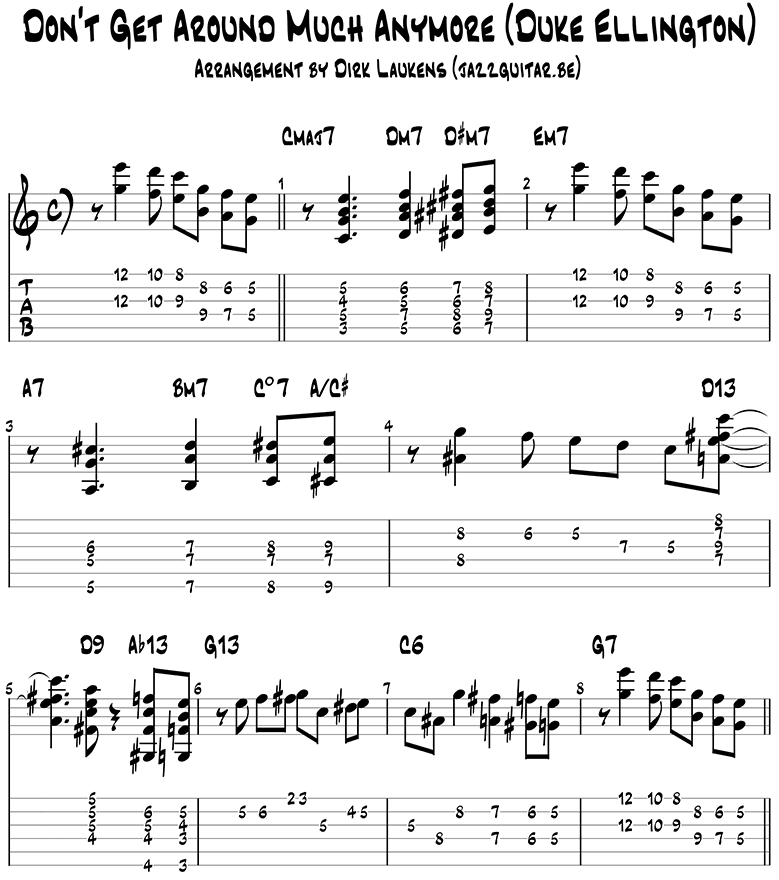I’ve heard it said that “history is written by the winners.” I think there’s a lot of truth in that, and it’s one of the reasons I tend to shy away from reading autobiographies. After all, doesn’t everyone want to paint the most positive picture of themself possible?
My father wrote his autobiography.

He was a bit vain, and felt that he had something to leave to posterity. Apparently this view was not shared by publishers, so he self-published it via Vantage Press, a vanity publisher that closed its doors in 2012.
Yet, I did find his book interesting. Of course, I’m an “interested” party, so I’m not unbiased, but oddly enough, I learned things about my father from his book that I never knew growing up and while he was alive (he passed in 2005). Yes, there were the self-congratulatory opinions and deflections of character defects (he takes no responsibility for his divorce from my mother, for example), but when seen from the perspective of an eye on history, there were some real gems about how power and diplomacy work.
So it was with this caution in mind that I picked up the autobiography of one of the world’s greatest guitar players, Eric Clapton.

Like so many others, Clapton is always on my list of favorite guitarists. A few years ago, I even bought a Fender Artist Series Stratocaster Eric Clapton model.
My musical tastes diverged from my earlier blues-rock leanings in the 1990s, so I lost track of Clapton’s career for a while. It wasn’t until my daughter gave me his “From the Cradle” (she knows me better than I know myself at times) that I even had a Clapton recording on CD!
Yet, when I saw that he had written an autobiography, and since the coronavirus has had us all self-imprisoning, I decided to read it.
More surprisingly than anything else to me, is the amount of humility that the book encompasses. Clapton reveals his insecurities, his flaws and does not spend a lot of time on a pedestal. His fans have done that for years, but even though he admits he played the “virtuoso” role at times, and succumbed to the excesses of the star lifestyle, he is generous with his praise for others, often relegating them to the pedestal, instead. He reveals that journaling was part of his life, and it’s apparent with his recall of names – not just of band members, but managers, roadies, barkeepers, neighbors, business associates, and women (lots of women, which I found a bit surprising given his sexual insecurity as a youth) that he wrote a lot of the details and names in his journal.
There is a definite tone change later in the book. I suspect some of his early writing took place before he entered recovery from alcohol and drug addiction. He speaks frequently and eloquently about his recovery, and it’s a driving force in the creation of the Crossroads Centre in Antigua that he funded and built. Many of his actions (performances, guitar auctions, appearances) are now the basis for supporting this recovery center.
I’m not sure where Clapton has colored his story. There is a lot of bad behavior described, and he’s quite open about his character failings, which seems to me surprising, given that autobiographies are often the mechanism by which one attempts to justify oneself. So, this autobiography is more like a journey to redemption for one of the world’s great guitar talents. And, if the autobiography is to believed, it couldn’t happen to a nicer guy.






%3Ano_upscale()%2Fcdn.vox-cdn.com%2Fuploads%2Fchorus_asset%2Ffile%2F19780273%2Fflattening_the_curve_final.jpg)








